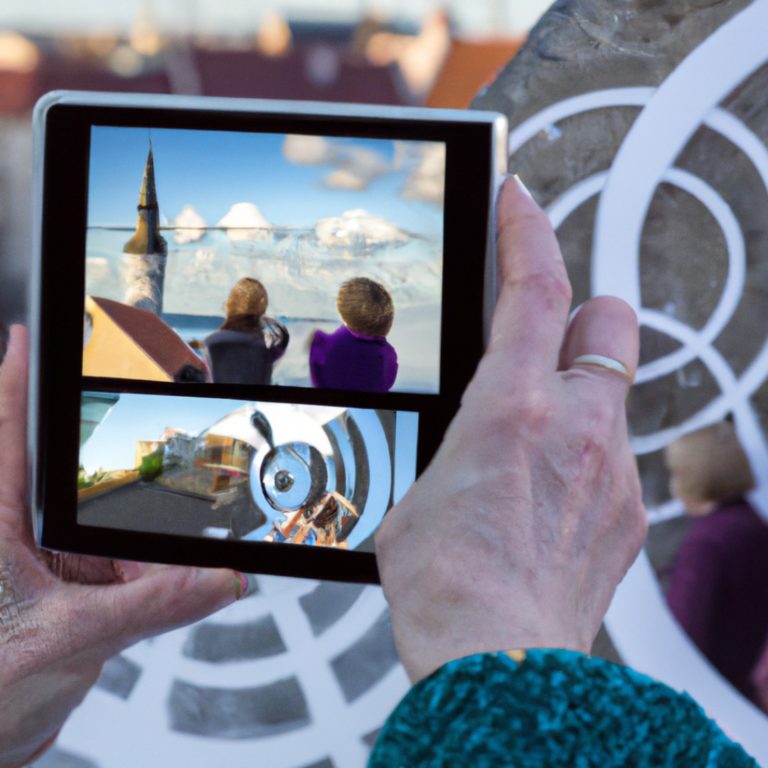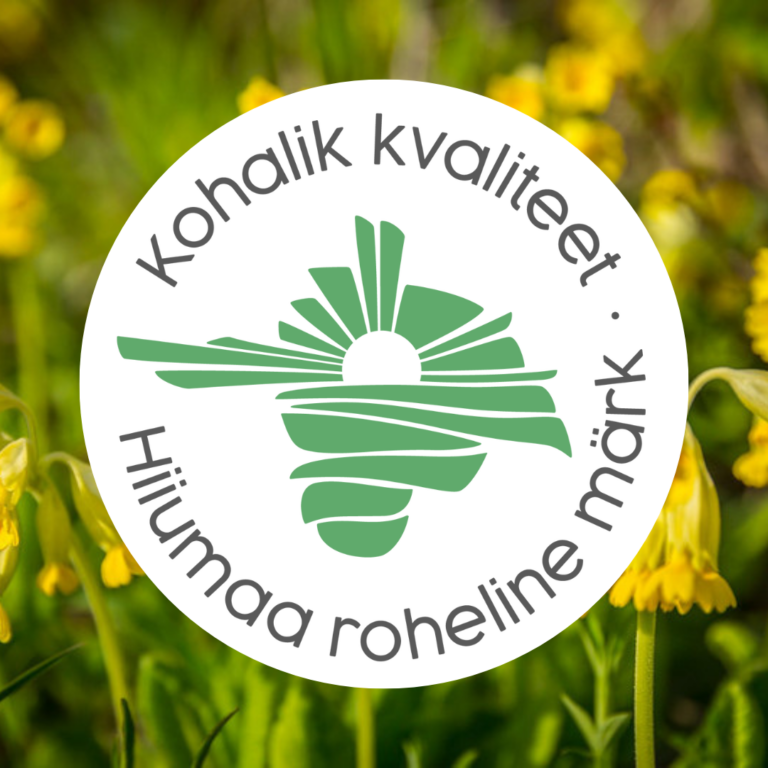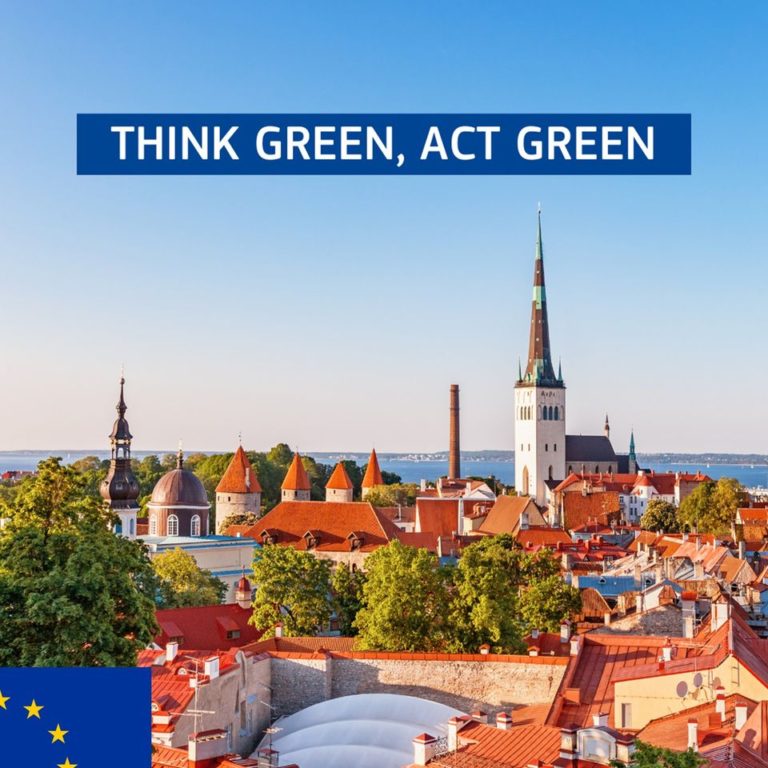A great EU initiative is the creation and recognition of EU capitals of smart tourism that recognizes cities across the EU as the forefront of sustainable, smart, green tourism where green innovation, smart mobility, and sustainable travel practices are developed, implemented, and enhanced in different and multiple levels and areas.
Our project, MEDS – Managers of European Smart Destinations, aims exactly at the above concepts and practices: the accessibility, sustainability, creativity in smart tourism, green practices, digitalization, and social innovation of EU destinations.
Let us explore the key concepts of what a smart destination means in reality and in practice.
Accessibility: The smartest thing to do is indeed to have accessibility in everything and everywhere, to be and remain accessible to every single person. Visual, auditory, and physical accessibility is and should be a priority at every destination. Smart practices that advocate for and provide accessibility to all have been already developed and implemented in many cities across the EU, in Seville, Pafos, Genoa, San Sebastian, Aarhus, Zagreb, Palermo, Porto, among others. Creating an accessible, safe, and inclusive environment everywhere for everyone regardless of their disability, age or social and economic situation in the city, its streets, beaches, parks, historic sites, public transport as well as easy access to information, education and employment is vital.
Sustainability: Everyone can respect the environment, natural resources and cultural heritage of a destination while travelling in ways that are eco-friendly, sustainable, and green without losing the fun, interesting, and exploring aspect of travelling. Being sustainable does not only mean managing and protecting your natural resources as a city but to reducing seasonality and including the local community. Initiatives and measures for cities to become carbon neutral (Copenhagen and Helsinki), to use city smart lighting (Breda), to offer tourists many opportunities to discover the city through alternative ways and environmental volunteering, to introduce local environmentally friendly labels (Helsinki, Lyon, Tallinn) that preserve and enhance the natural environment, to implement smart waste management (Ljubljana), are some of the many smart examples and practices that have been developed and implemented (or will be implemented) throughout Europe.
Digitalization: We all live in a digital era so digitalization in all aspects of the tourism experience is inevitable. Digital tourism simply means offering consumers easy access through digital tools to hospitality information, products, services, spaces, and experiences adapted to
their needs in the destinations they visit. Smart QR signs, smart parking, digital tools to explore the city and learn about its heritage and archaeological sites, smart apps that use audio guidance in multiple languages, video tours and photo galleries of monuments, interactive screens, and innovative ways to experience culture in the chosen destination.
Cultural heritage and creativity: How can a destination use its cultural heritage and creativity in a smart way? How can a touristic destination bridge its cultural heritage and creativity with innovative, smart, accessible, and sustainable practices? A plethora of actions and practices have been introduced and used by different destinations that incorporate their tangible and intangible heritage of art, history and culture in the centre and surroundings in ways that enhance sustainable touristic attraction. Practices and events that revive and reinvent traditions and cultural customs and habits such as traditional handcraft, design, and art making, gastronomy, and music can be balanced with tourism in ways that local needs are protected, cultural heritage is safeguarded, and the environment is respected.
Destinations, regardless of their size and tourist attractiveness, should aim to become as smart, sustainable, accessible, and culturally respectful as possible. Nowadays, we have all the means, tools, and practices to work towards a smarter, greener, and more accessible way of travelling and exploring a destination and what it has to offer to us.






